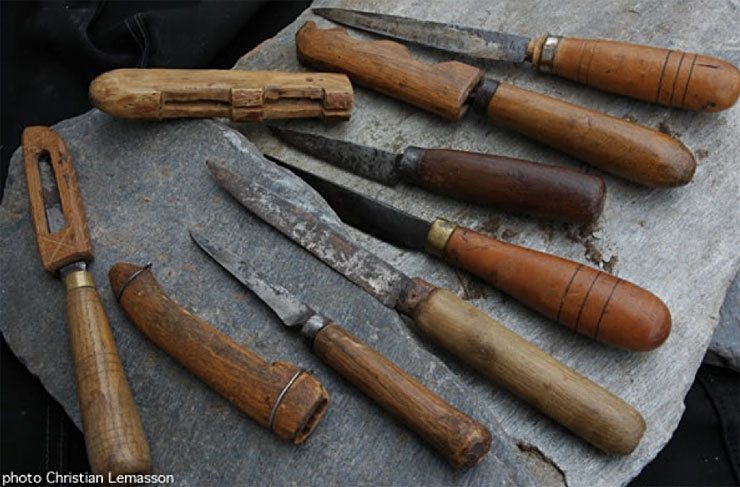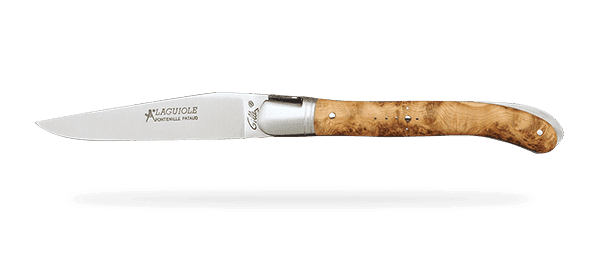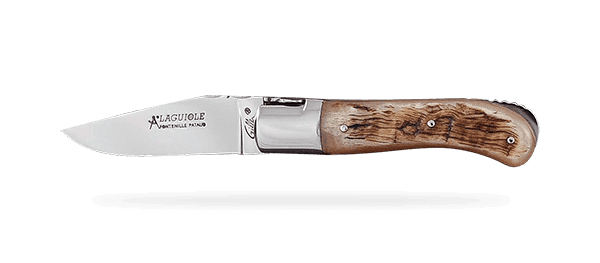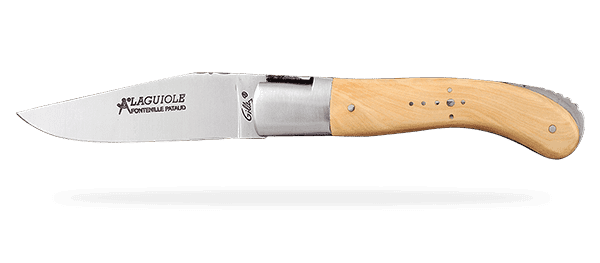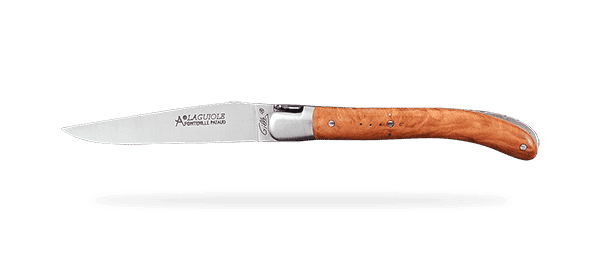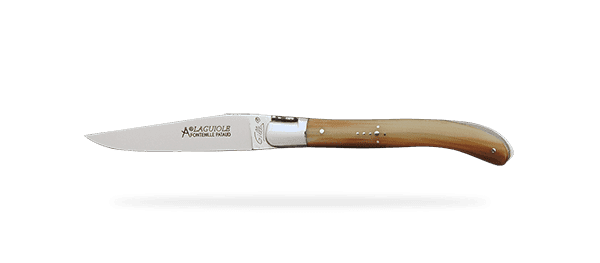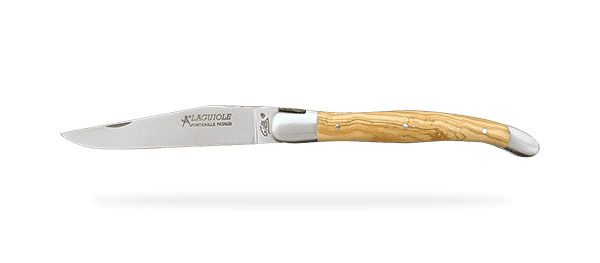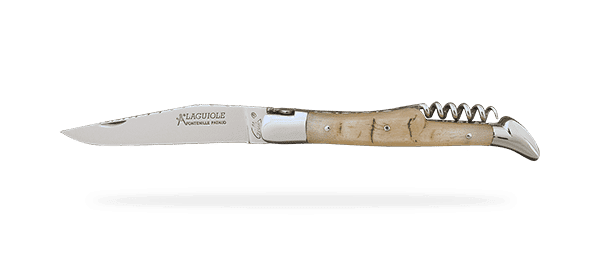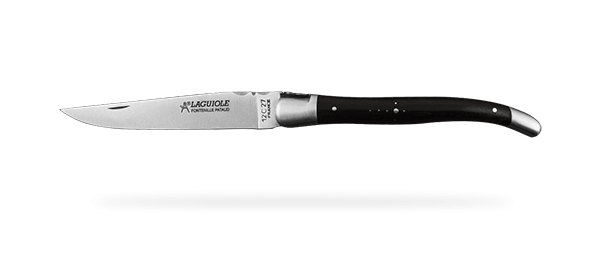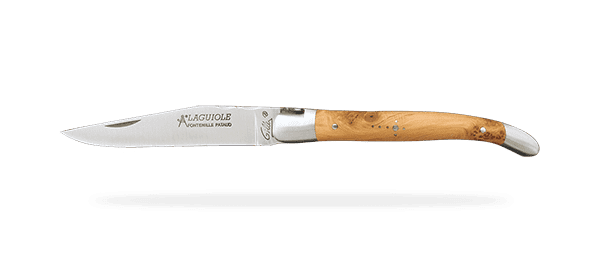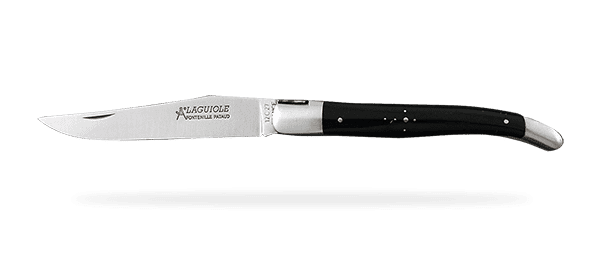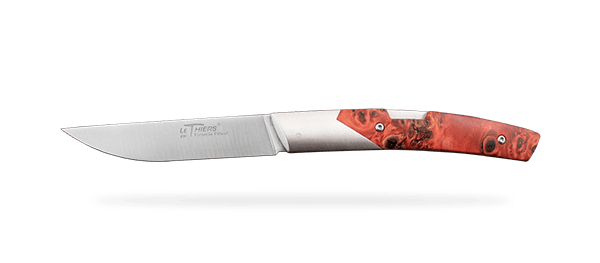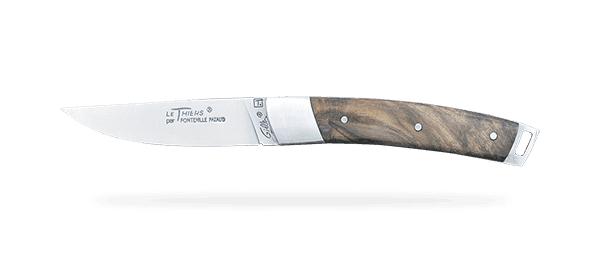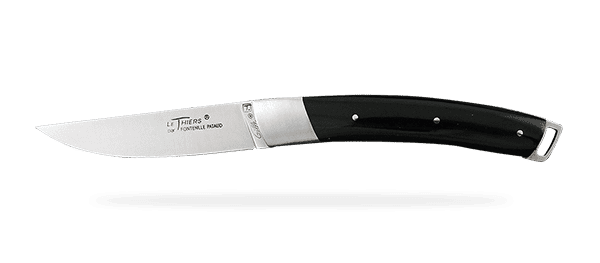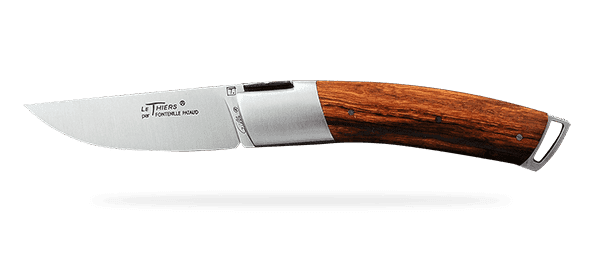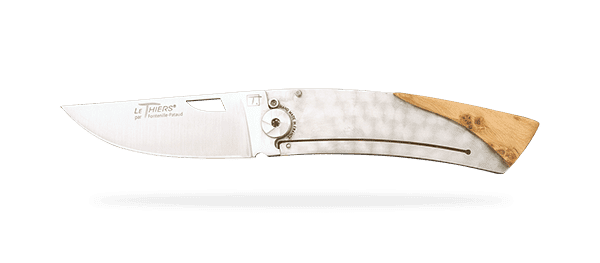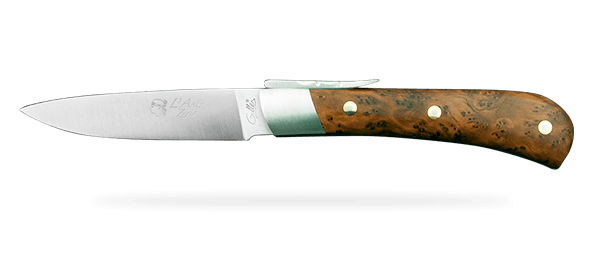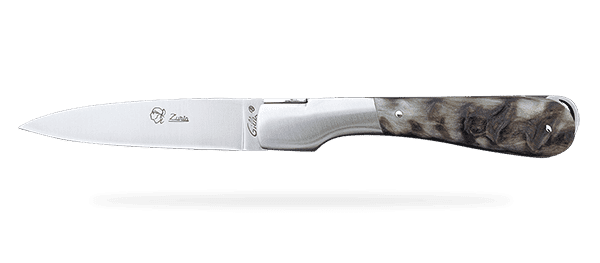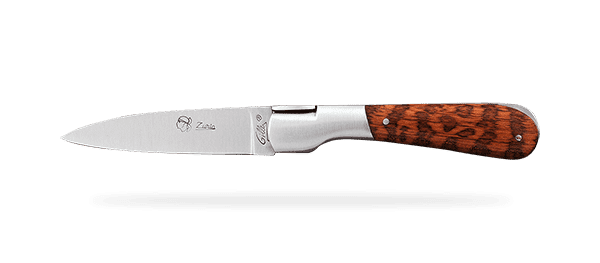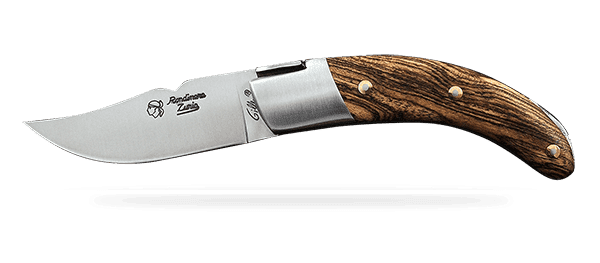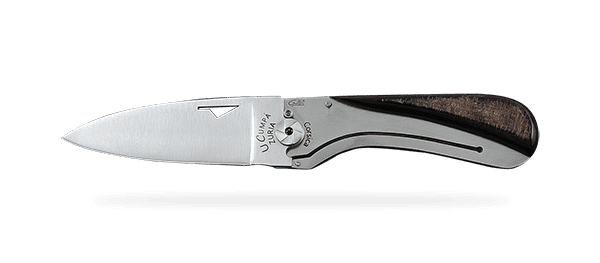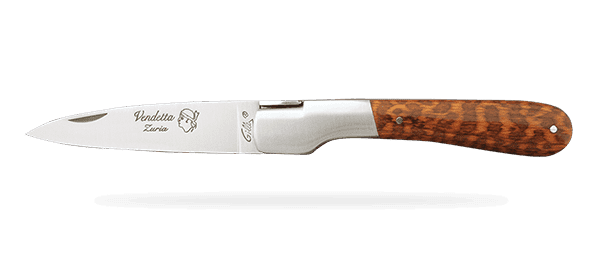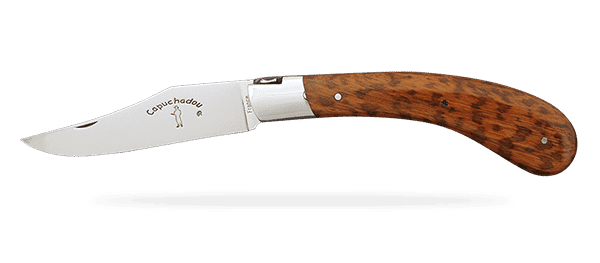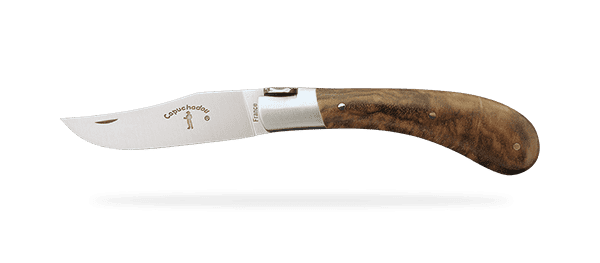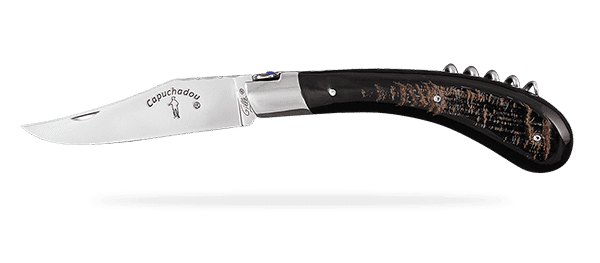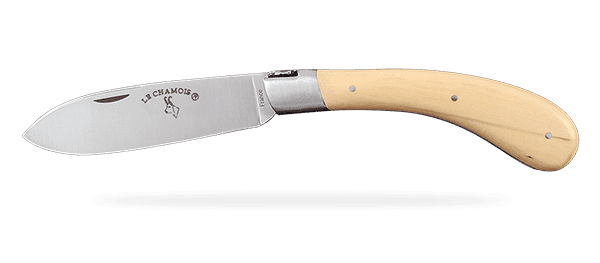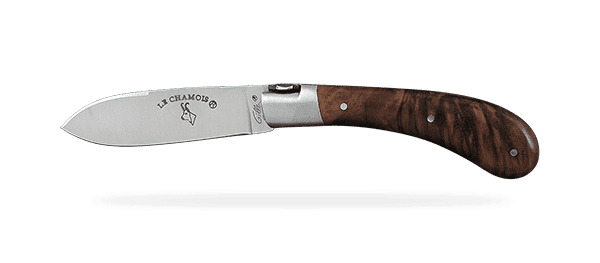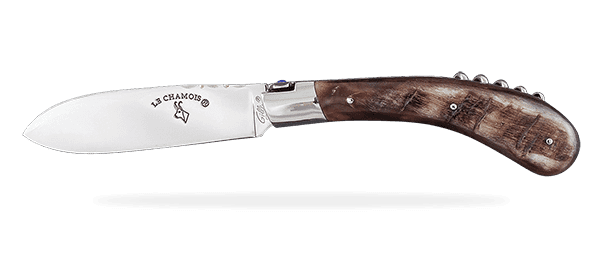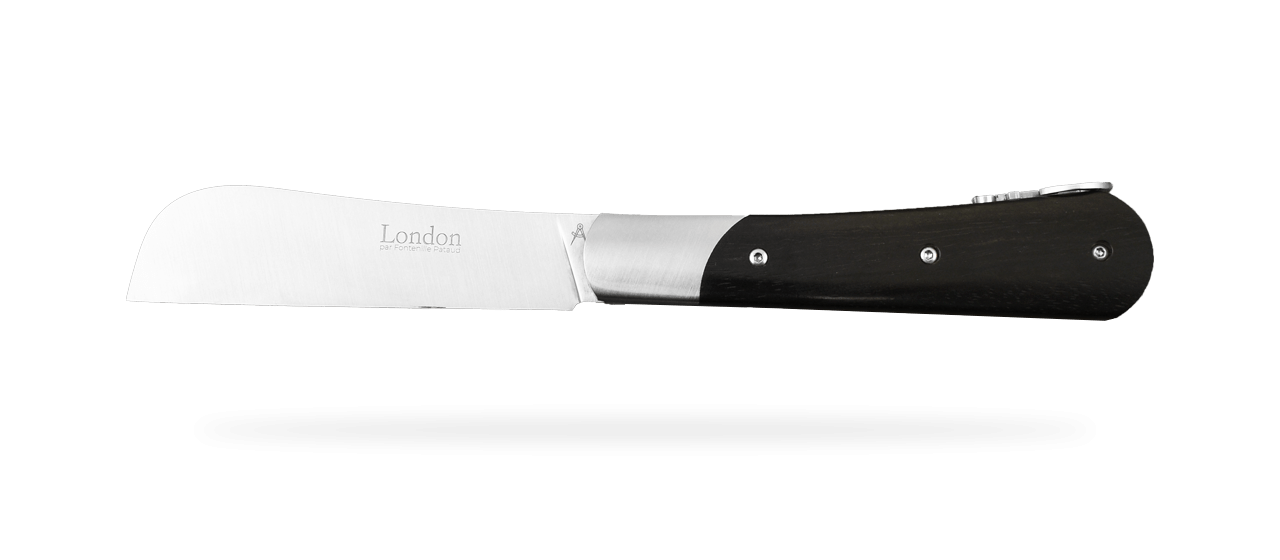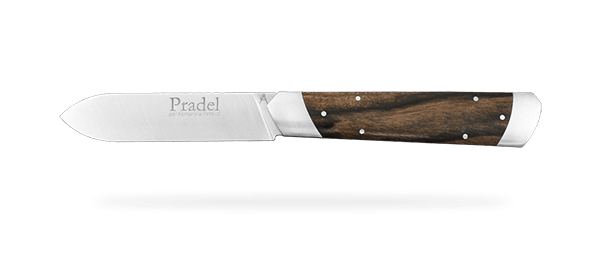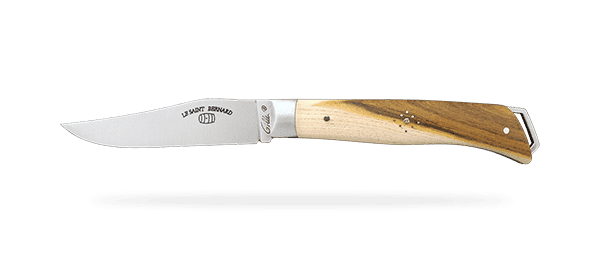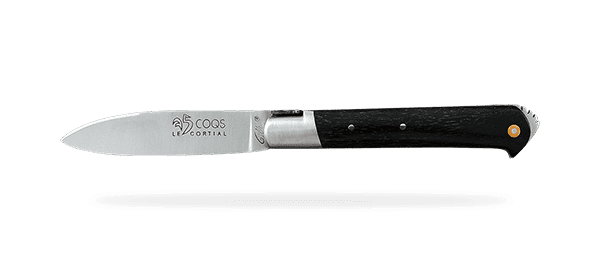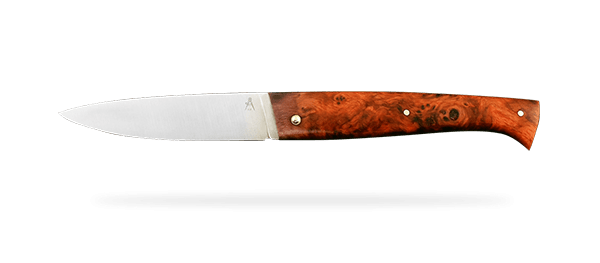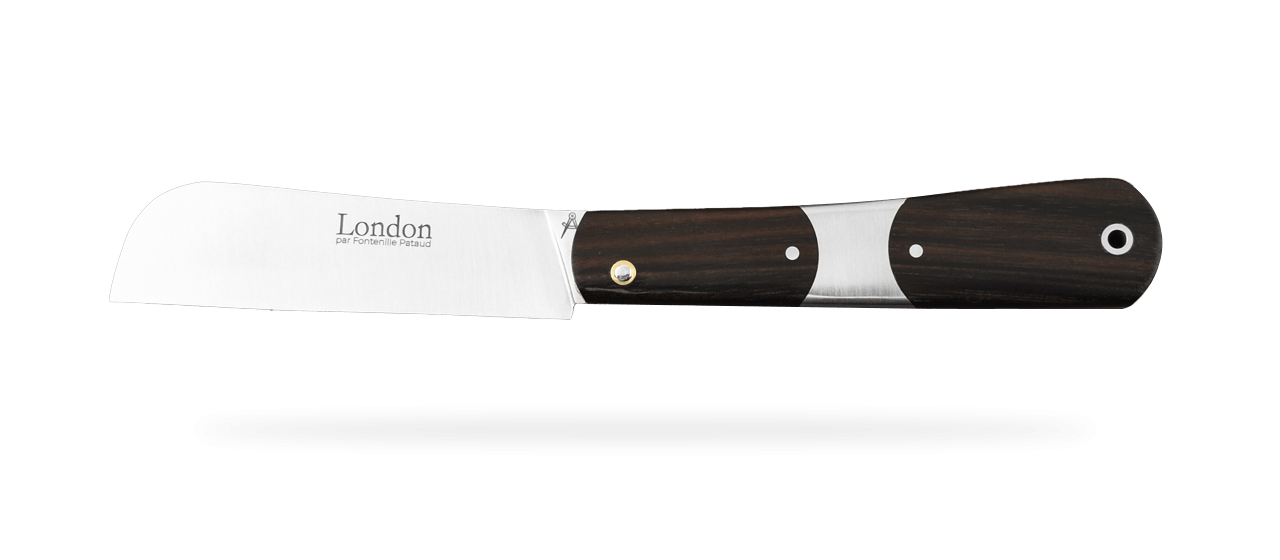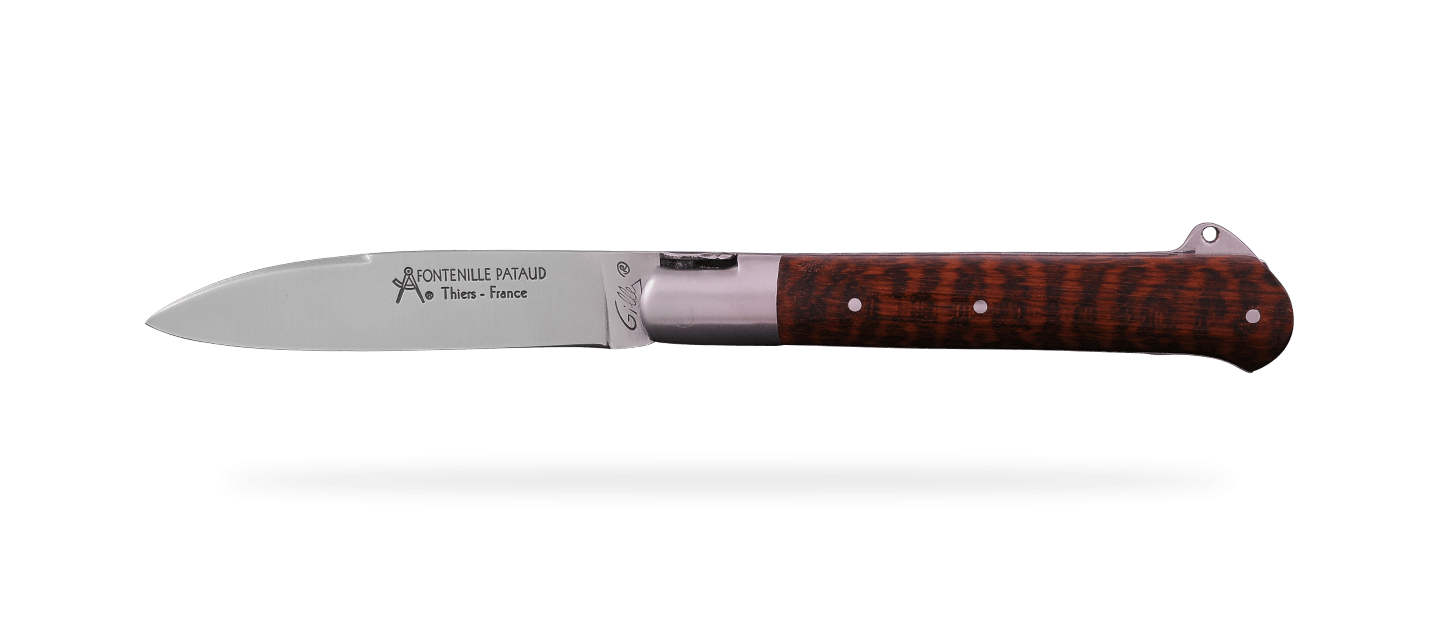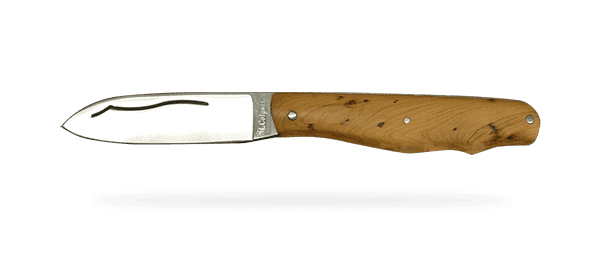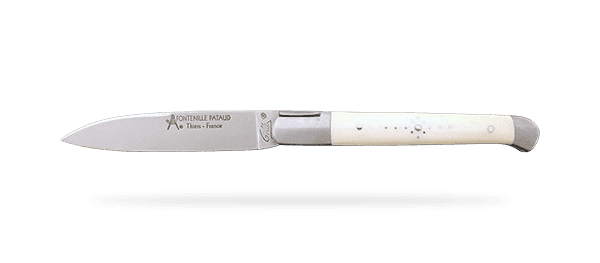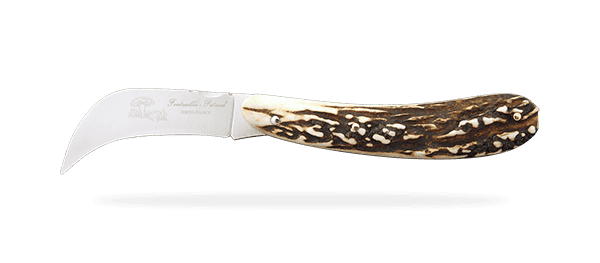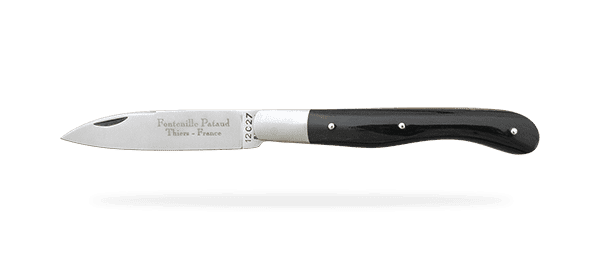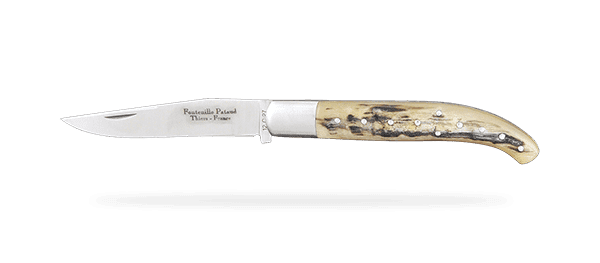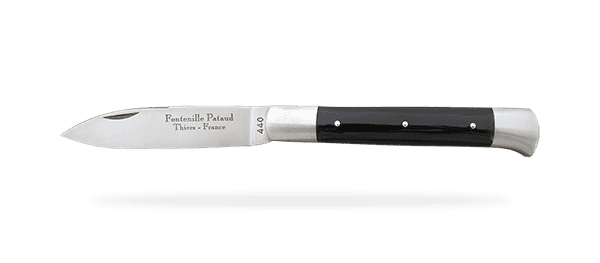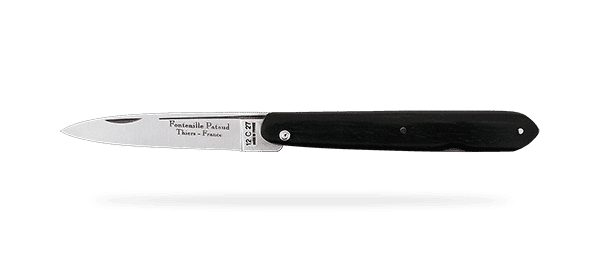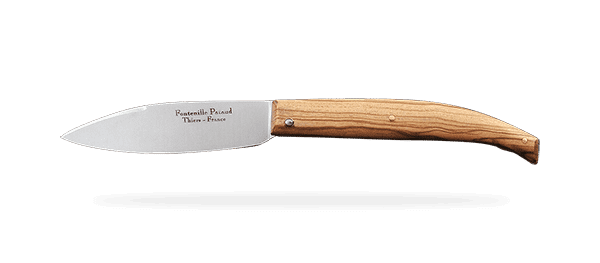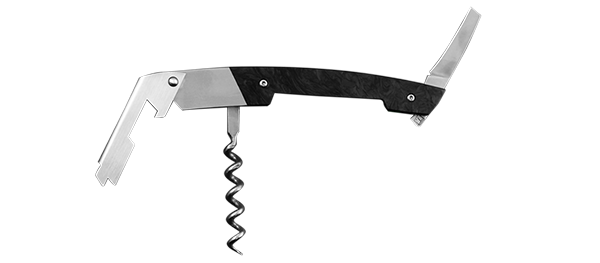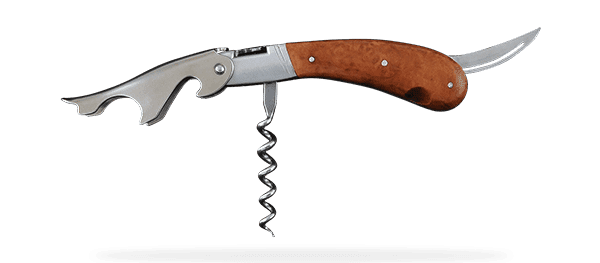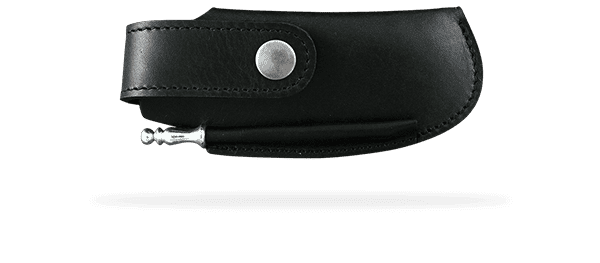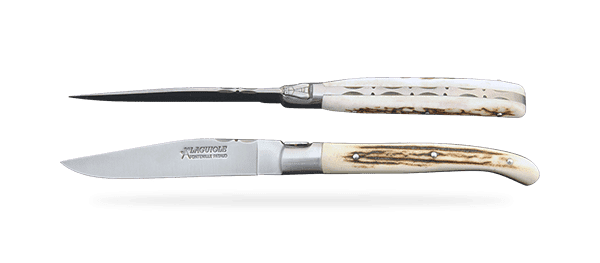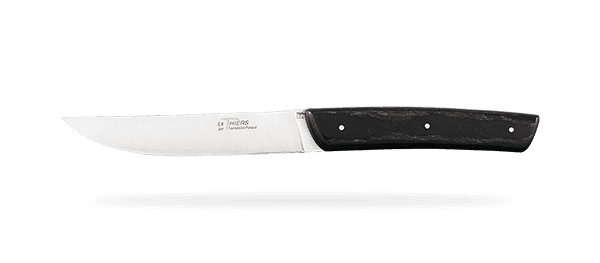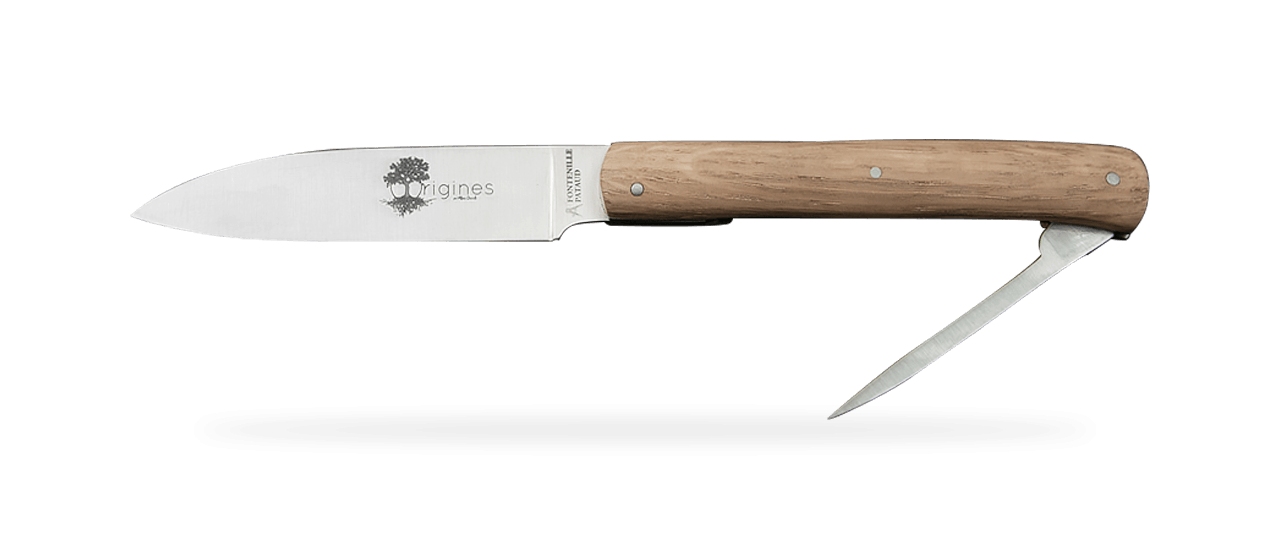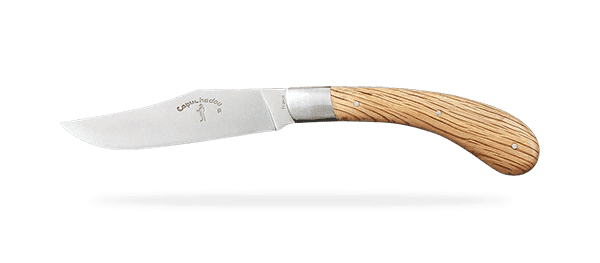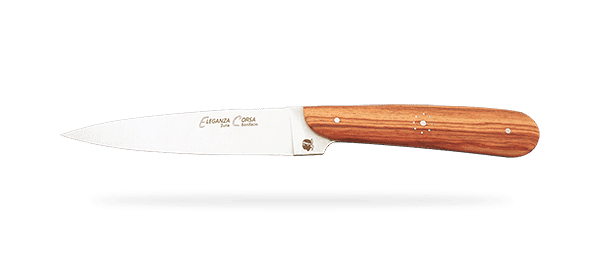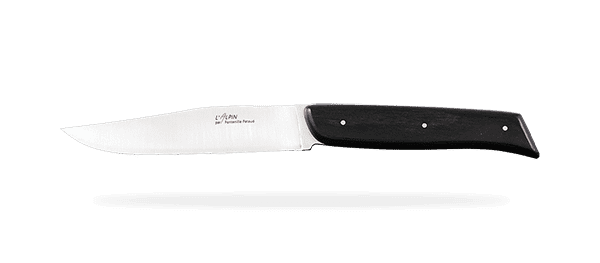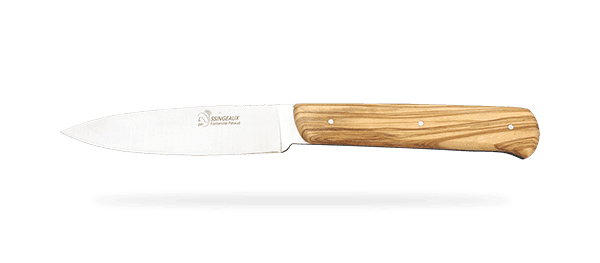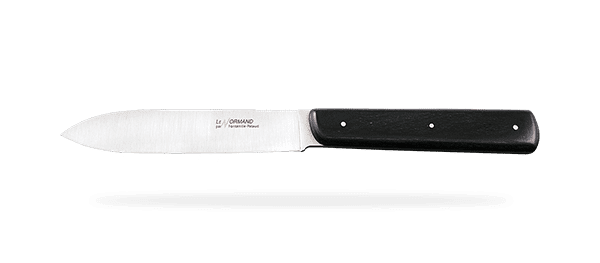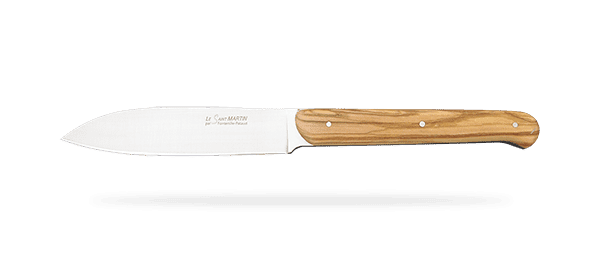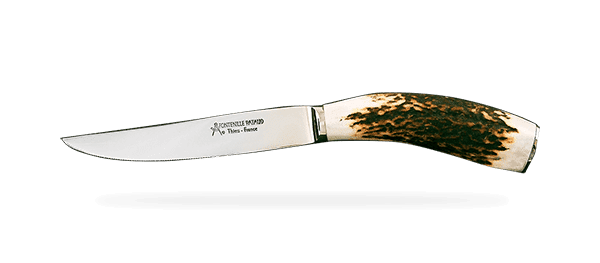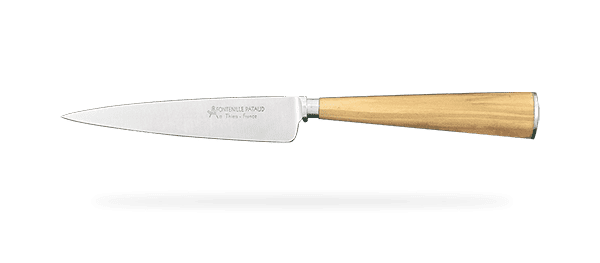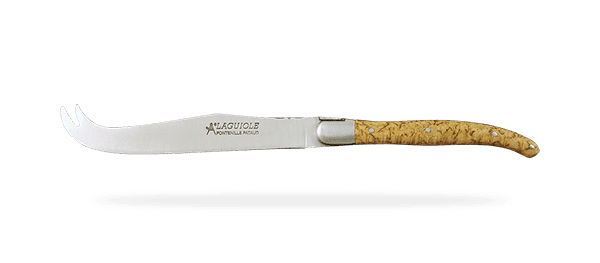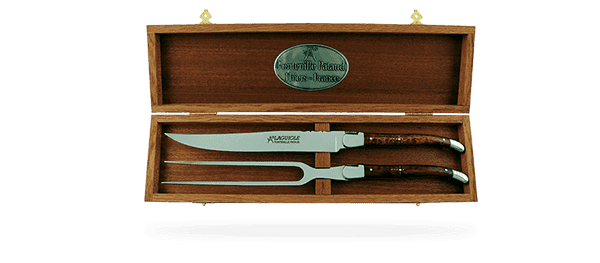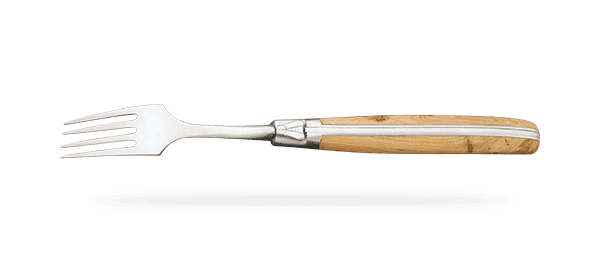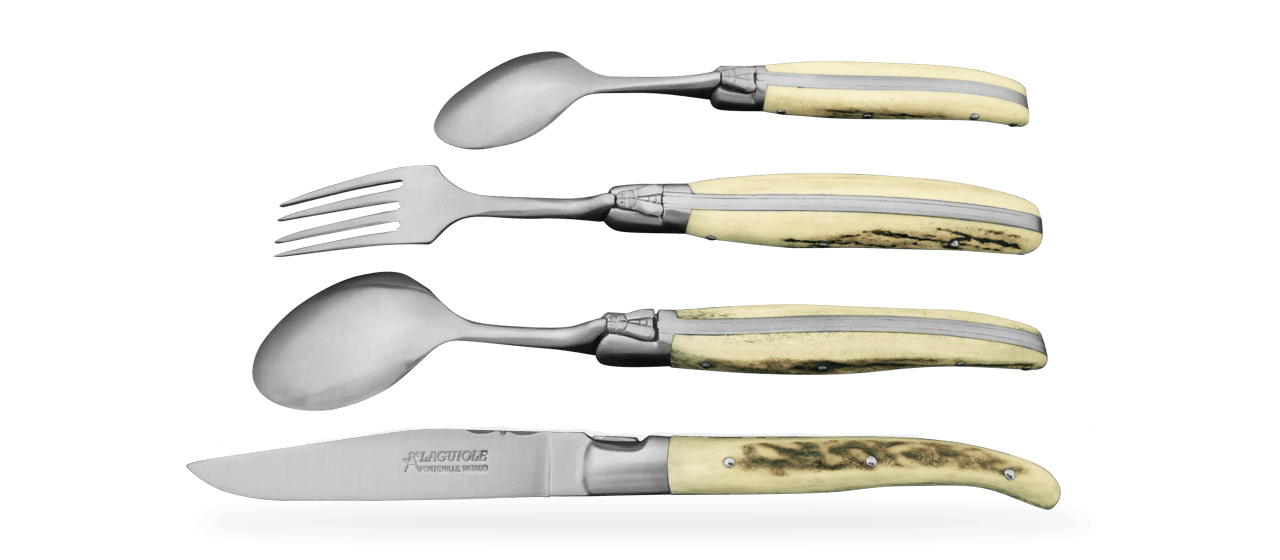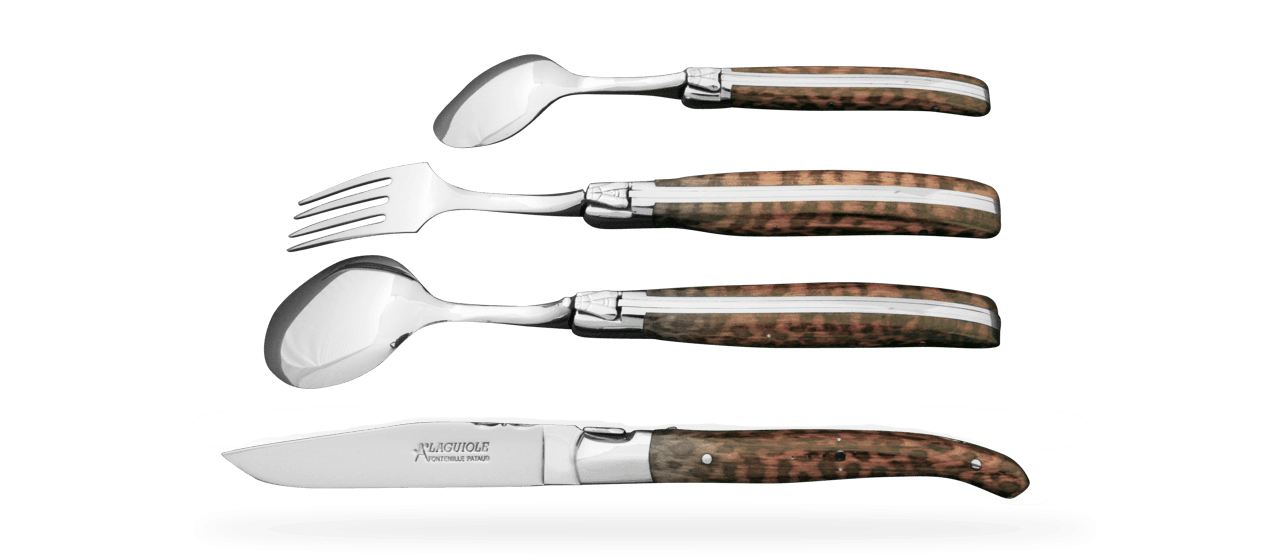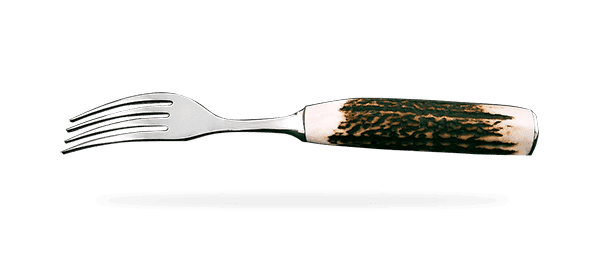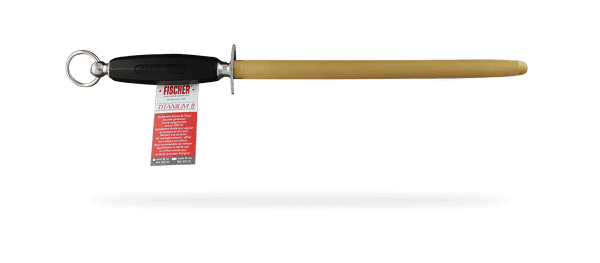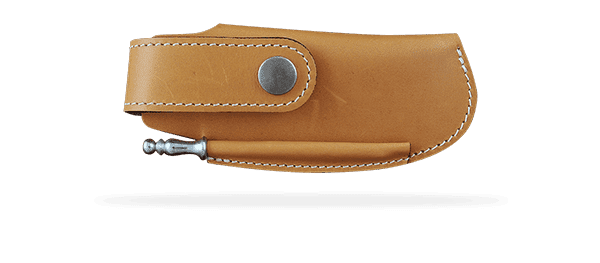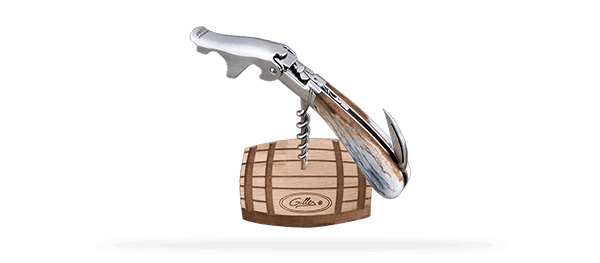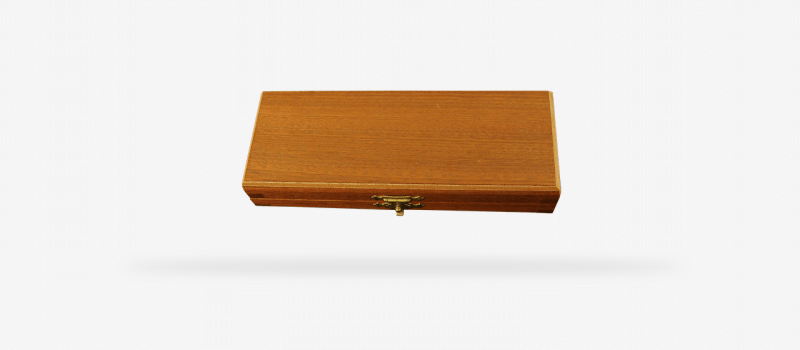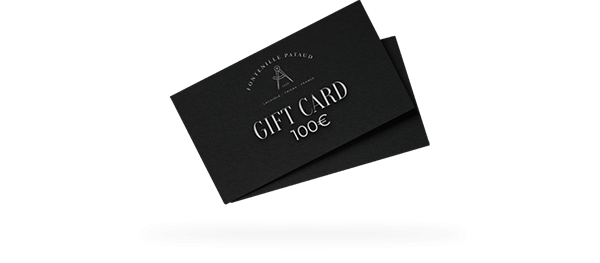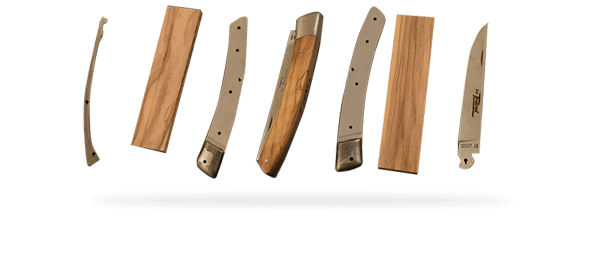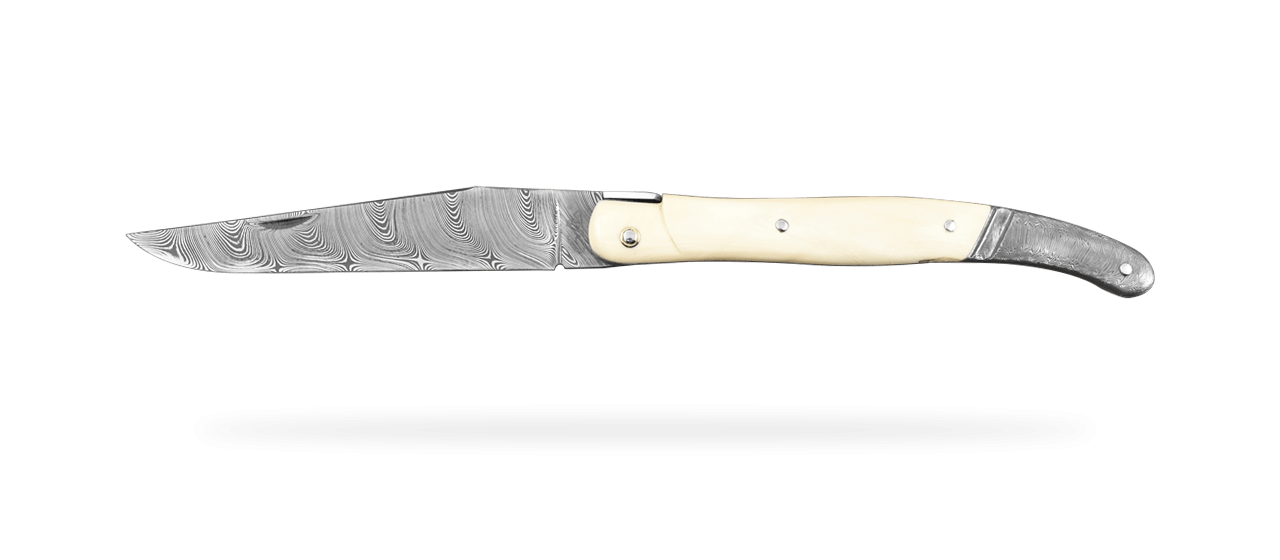The laguiole knife story
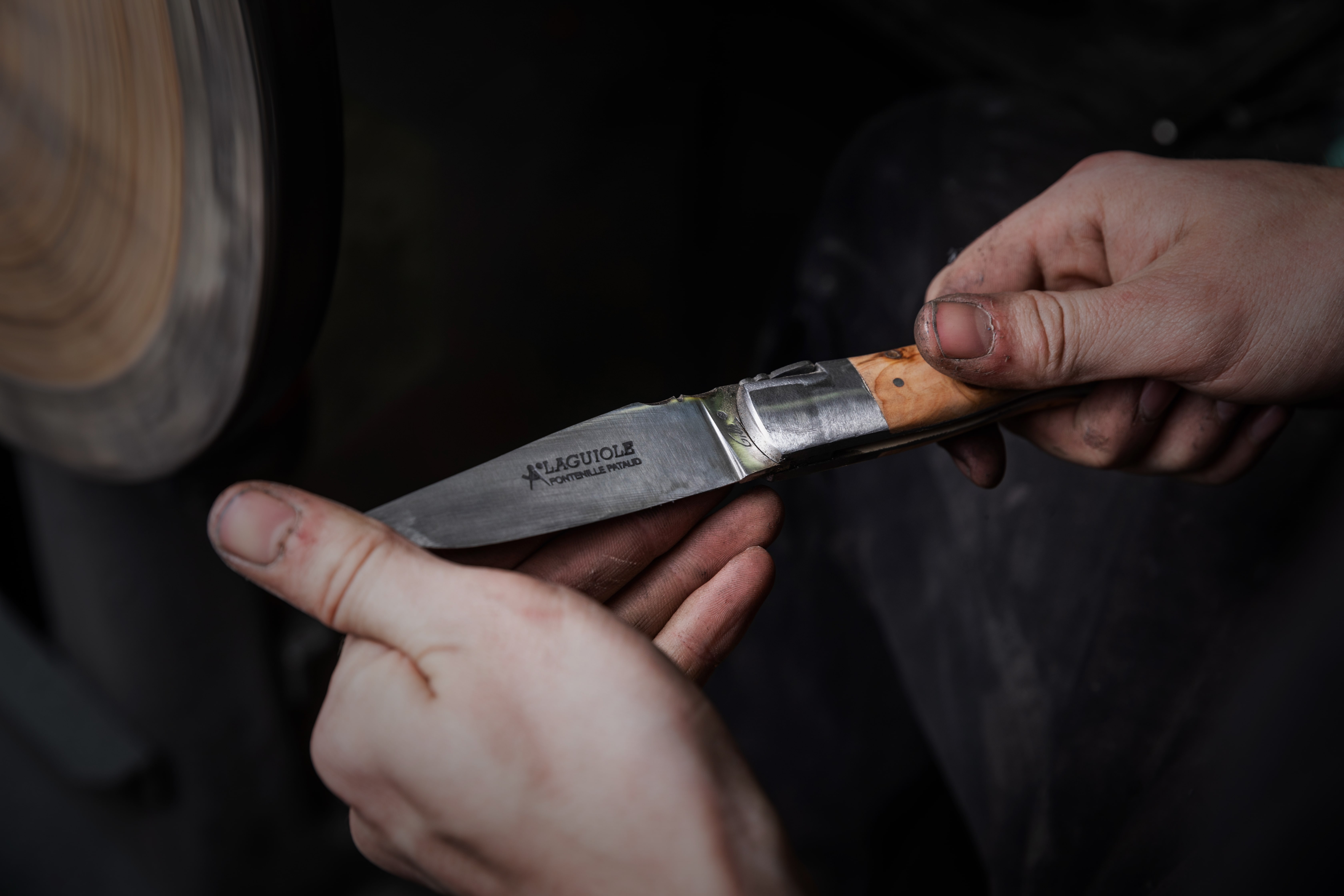
The Laguiole knife is probably the most famous and recognized French blade, in France and in the rest of the world.
This knife has existed since the beginning of the 19th century, when four workshops were set up in the village's shopping street, whose names still ring out today: Calmels, Pagès, Glaize and Mas. Very quickly and in order to meet the growing demand, the cutlers of Laguiole turned to the town of Thiers which had a large workforce and a historical know-how in the field of cutlery.
But the Great War dealt a severe blow to the production in Laguiole. The cutlery workforce left for the front will not be renewed at the end of the conflict. Then rural desertification did its work and the last hand forging workshop closed its doors in the North Aveyron in 1950. Fortunately, the Laguiole knife will not fall into oblivion thanks to the cutlery factories of Thiers which will continue to manufacture and market the famous model until today.
The rebirth of the manufacture of this knife in Laguiole was made possible thanks to the will of the people of North Aveyron to re-establish the manufacture and the transfer of know-how, tools and machines from Thiers between 1985 and 1987.
During its history, it has never stopped evolving. First there was its ancestor the Capuchadou, which had a fixed blade. The Laguiole knife was originally created in a straight shape (which does not bend), that is to say with a straight handle with a corbin beak, a Bourbonnaise blade, a flat fly, and without guilloche. The first Laguiole knives were thus very austere in their decoration. However, one could sometimes notice the presence of a cross of Saint Andrew summarily engraved to bring luck. It also did not have a spring and the handle was made of cow horn from Aubrac or of bone. Then the Yatagan blade was adapted. Around 1840, a punch was added under the handle, signing the small death of the Capuchadou. The straight Laguiole is the first model of spring loaded knife made in Laguiole.
The bee, a real emblem, will come to decorate the fly around 1880 and complete a more worked guillochage (often floral) for a wealthier clientele. Particularly refined models such as the Laguiole Cavalier, or the Laguiole Pigeon's Wing make their appearance and contribute to the fame of the knife. It is at this same time that the first Laguiole with a corkscrew are manufactured.
Its most classic shape is the one known today: a bee on the spring (or "fly", for the specific term in cutlery) and a shepherd's cross studded on the handle.
Today, the term "Laguiole" designates a model of knife and not a brand (for more information, you can consult our page on legislation).
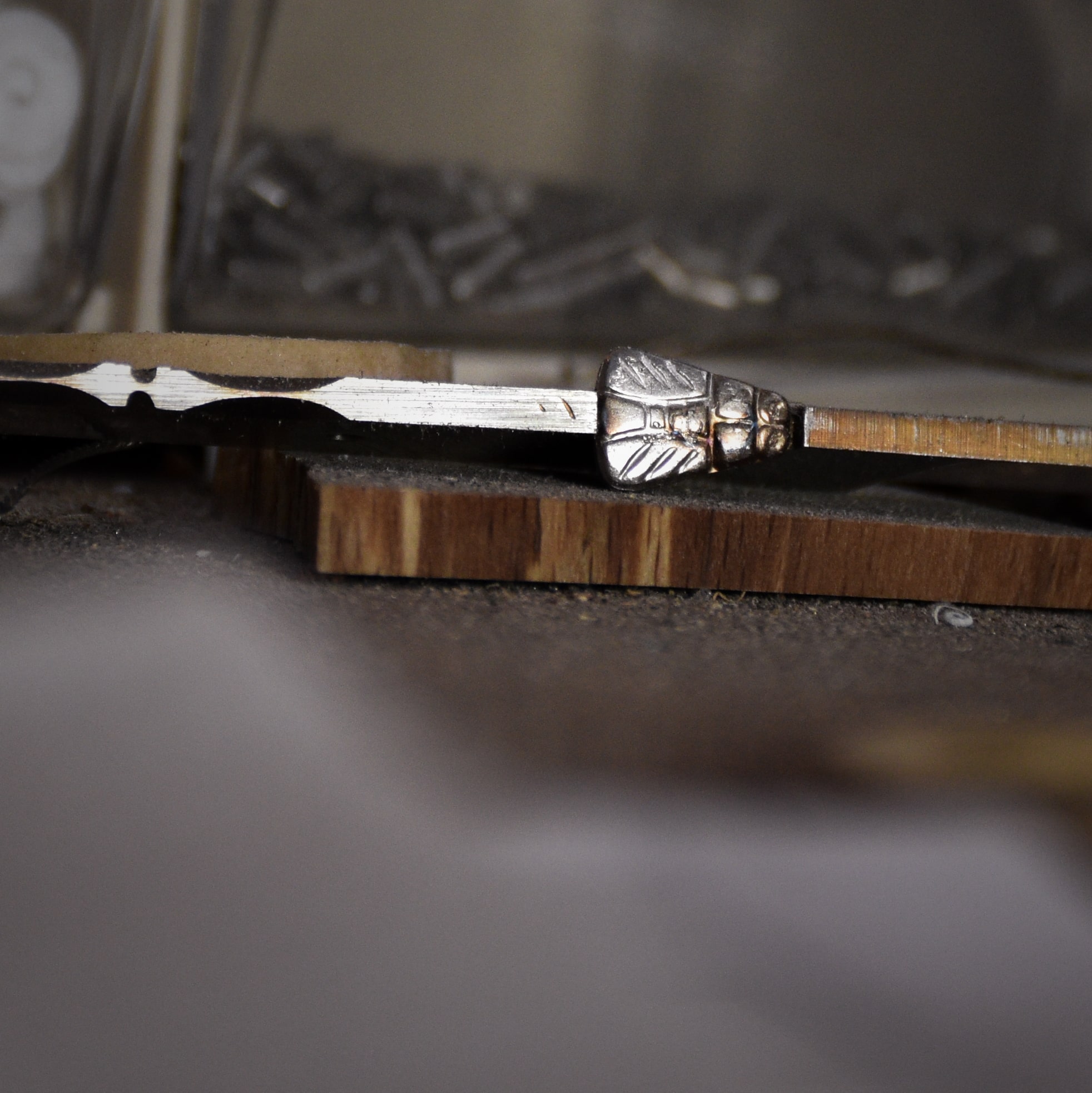
There was a time when many so-called "regional" knives could be found throughout France, but the vast majority did not survive the disappearance of their peasant customers. The Laguiole knife is obviously not one of them. The latter has indeed reached a notoriety beyond the borders of its birthplace.
The ancestor of Laguiole: The Capuchadou
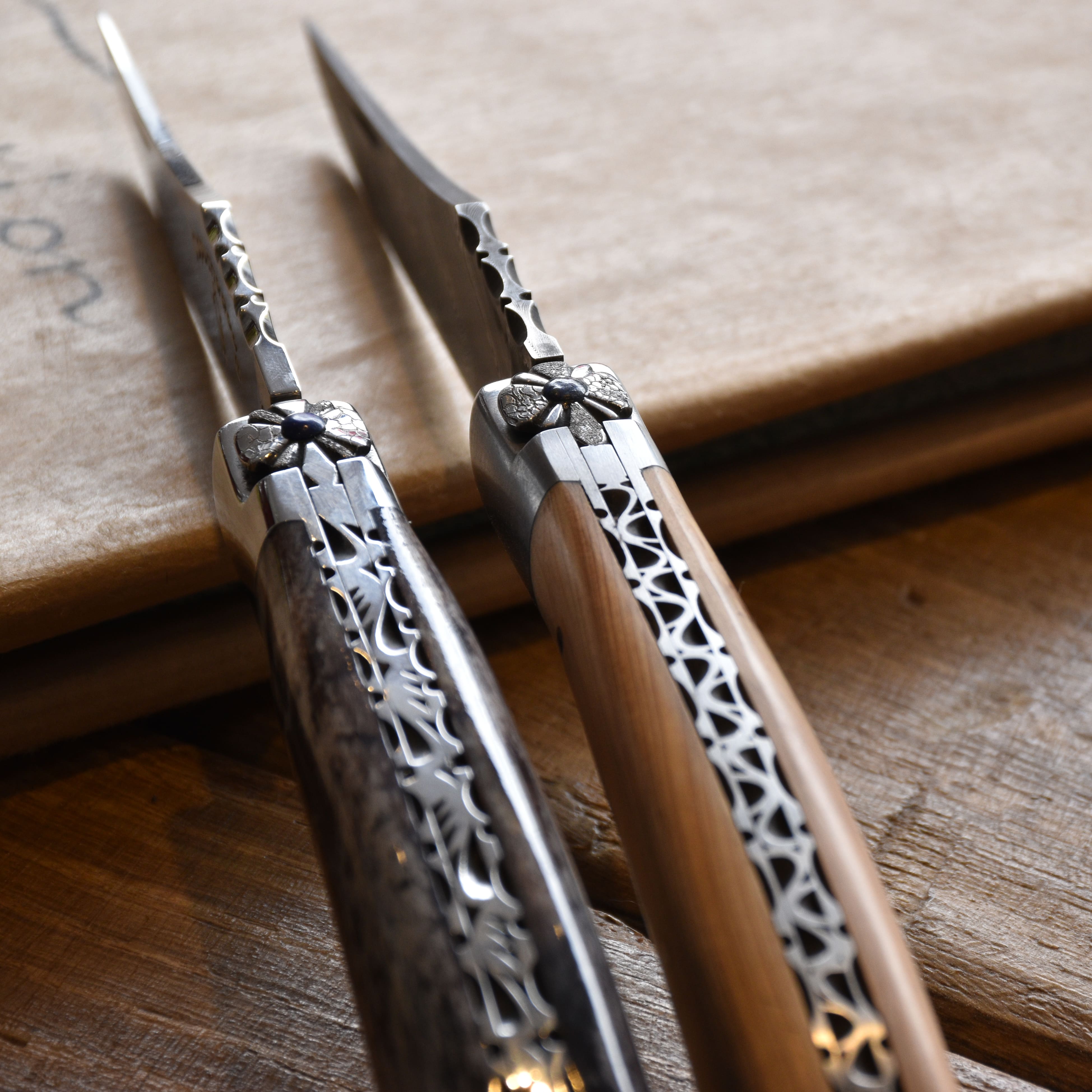
Before the Laguiole, Aubrac had its very specific knife called the "Capuchadou" or "Capujadou". Its name comes from the Romanic verb capusar which means to scrape a piece of wood.
Life in Aubrac is difficult, the peasants live poorly and are often owners of only small plots and/or a few animals... The buronniers often left the region in the fall for the capital to find a winter job. It was also common for groups of "buronniers" to leave for Catalonia (often to become pit sawyers). The peasants would then return to their homeland in early spring.
It is in this context that the Capuchadou was born. It probably originates from the area around Rodez, and was once made by these peasants with the materials they had on hand.
At that time it was only composed of a thick and pointed fixed blade, and a piece of wood that served as a handle. This rustic knife did not close yet. Whether it was for eating, slaughtering, caring for animals, or for self-defense, the Capuchadou was an indispensable daily tool for these workers of the land. Indeed, it was sometimes necessary to pierce the swollen belly of cows suffering from weathering (to save their lives, as they risked choking to death following the swelling) and the returns from the fair were not always without attacks from robbers and other mischief-makers. It was therefore traditionally slipped naked into the sleeve, into the pants, into the boot or stored in a wooden case.
The Capuchadou, in spite of the appearance of the Laguiole, will remain used until the 20's for baskets, poultry or to head the sticks intended to lead the cows.
